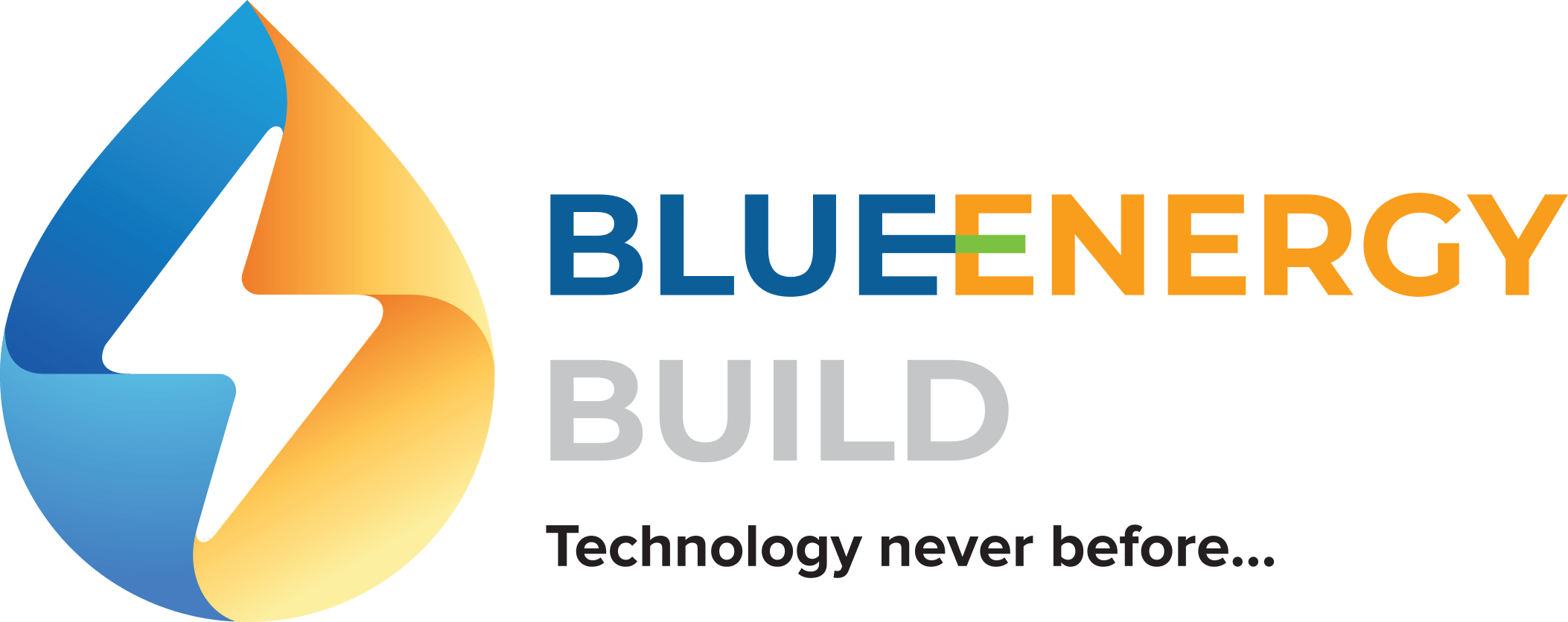BlueEnergy Build
Borewell Camera Scanning
Book your Borewell Camera Scanning
Book your Borewell Camera Scanning
Benefits of Borewell Camera Scanning
1. Real-Time Visual Inspection
Borewell Camera scanning give live, clear images of the inside of the borewell, showing its exact condition without digging or dismantling.
2. Precise Problem Detection
Helps find cracks, blockages, rust, debris, or foreign objects quickly and accurately.
3. Non-Destructive Method
No damage to the borewell during inspection, making it safe and reliable.
4. Cost-Effective Maintenance
By identifying the exact issue, it avoids unnecessary work and reduces repair costs.
5. Better Decision Making
Clear visuals help decide whether to clean, repair, or replace parts of the borewell.
6. Water Quality Check
Detects silt, mud, or contamination, ensuring safe and clean water.
7. Quick & Easy Process
Setup is simple, results are fast, and downtime is minimal.
8. Prevention of Future Problems
Regular scans catch issues early, increasing the lifespan of the borewell.
9. Accurate Depth Measurement
Built-in depth meters show the exact location of problems.
10. Improved Safety
No risky manual work—technicians inspect safely from the surface.
11. Documentation
Creates a visual record of borewell condition for future use and comparisons.
12. Rehabilitation Assessment
Shows whether an old or damaged well can be repaired or needs replacement.
13. Environmental Benefits
Extending the life of borewells reduces the need for new drilling and saves resources.

